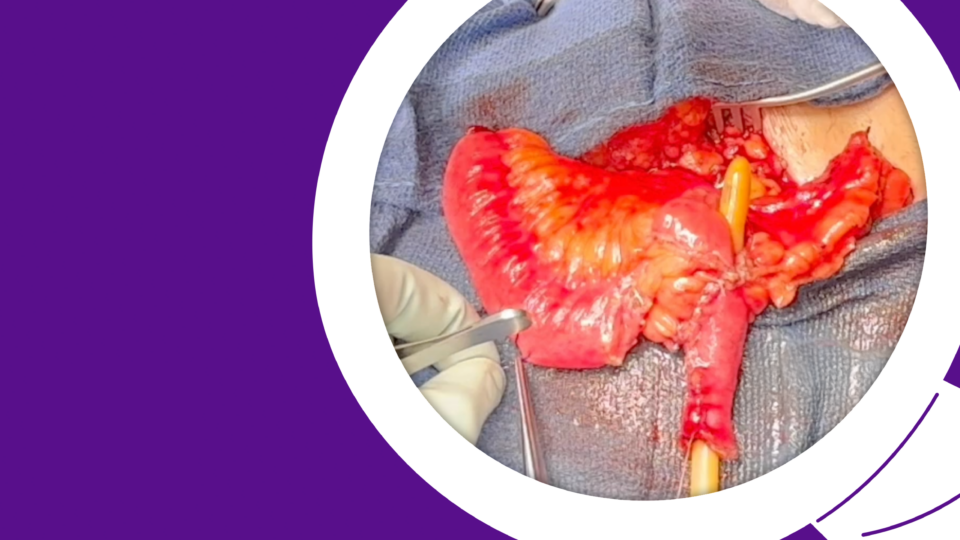In March 2017, urologic oncologists Herbert Lepor, MD, and James S. Wysock, MD, initiated a prospective outcomes registry to capture both oncological and functional outcomes following primary partial gland cryoablation (PGCA). Now, these researchers report encouraging oncological outcomes in the largest and most rigorous five-year follow-up study for primary PGCA conducted to date.
Among 298 patients with localized, intermediate-risk disease who elected primary PGCA, the five-year freedom-from-failure rate was 91 percent. In addition, rates of freedom-from-recurrence of in-field, out-of-field, and overall clinically significant disease were 79 percent, 74 percent, and 58 percent, respectively. [Read a case report from the study here.]
“These results are paradigm-changing for select patients with localized prostate cancer who elect cryoablation over radical prostatectomy or radiation therapy.”
Herbert Lepor, MD
“We now counsel men with intermediate-risk disease who are considering cryoablation that, at five years, they have a 91 percent chance of avoiding the morbidity of whole gland treatments,” says Dr. Lepor. “These results are paradigm-changing for select patients with localized prostate cancer who elect cryoablation over radical prostatectomy or radiation therapy.”
Results from the study will be presented at the upcoming 2024 Annual Scientific Meeting of the American Urological Association (AUA).
Building Upon Early Success
Previously published data revealed high rates of functional recovery following primary PGCA. The researchers published early functional outcomes in The Canadian Journal of Urology in June 2022 and in Urology in January 2023.
Notably, they observed no urinary incontinence or rectal injuries, an improvement in lower urinary symptoms, and less adverse impact on sexual function following primary PGCA when compared to whole-gland treatments.
“In our experience, over two-thirds of men with intermediate-risk disease will elect PGCA over radical prostatectomy due to better quality-of-life outcomes.”
James S. Wysock, MD
“Sexual function and incontinence outcomes following PGCA are far superior to those achieved following whole gland interventions,” says Dr. Wysock. “In our experience, over two-thirds of men with intermediate-risk disease will elect PGCA over radical prostatectomy due to better quality-of-life outcomes.”
With respect to early oncological outcomes, the researchers have demonstrated primary PGCA to reliably ablate the index lesion and support a low rate of in- and out-of-field disease recurrence at three years.
Need for Active Surveillance
According to the researchers, the findings emphasize the importance of active surveillance following focal therapy. They explain that many of the clinically significant recurrent cancers are low-volume Gleason pattern 4, making them amenable to active surveillance based on the ProtecT trial.
Regarding the surveillance protocol, Dr. Lepor recommends PSA testing, multiparametric MRI, and a surveillance prostate biopsy at specified intervals following primary PGCA. He currently performs for-cause biopsies based on digital rectal exam, PSA kinetics, and suspicious MRI lesions.
“A salvage ablation is performed for the majority of in- and out-of-field clinically significant recurrences requiring intervention,” Dr. Lepor explains. “Most cases requiring whole-gland salvage treatment are managed with salvage radiation therapy.”
Advancing Focal Therapy
To date, 459 men who underwent primary PGCA have enrolled in the prospective cohort study, Dr. Lepor says, and these five-year data strengthen support for the use of focal therapies in men with high-volume, low-risk and intermediate-risk clinically localized prostate cancer.
“In 2012, I was confident focal therapies would emerge as a reasonable option for intermediate-risk disease, especially when preserving quality of life is a high priority,” Dr. Lepor says.
Now, after a decade of critically evaluating both functional and oncological outcomes following focal therapies, and specifically cryotherapy, Dr. Lepor believes PGCA should be widely available to men with localized, intermediate-risk disease.
While NYU Langone offers a range of focal therapy techniques, including high-intensity focused ultrasound, radiofrequency ablation, and electroporation, the overwhelming majority of focal therapies are performed using cryotherapy due to its superior oncological outcomes.
“Cryotherapy is the most versatile energy source and, in our hands, achieves the highest level of oncological control, which is further supported by our five-year outcomes,” Dr. Lepor says.







